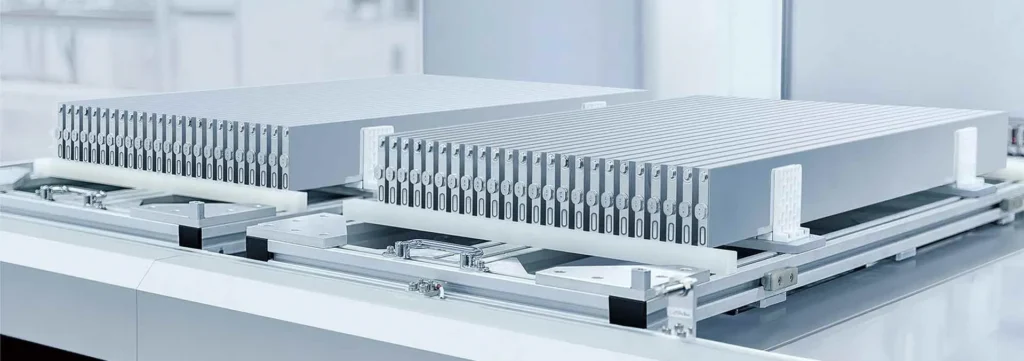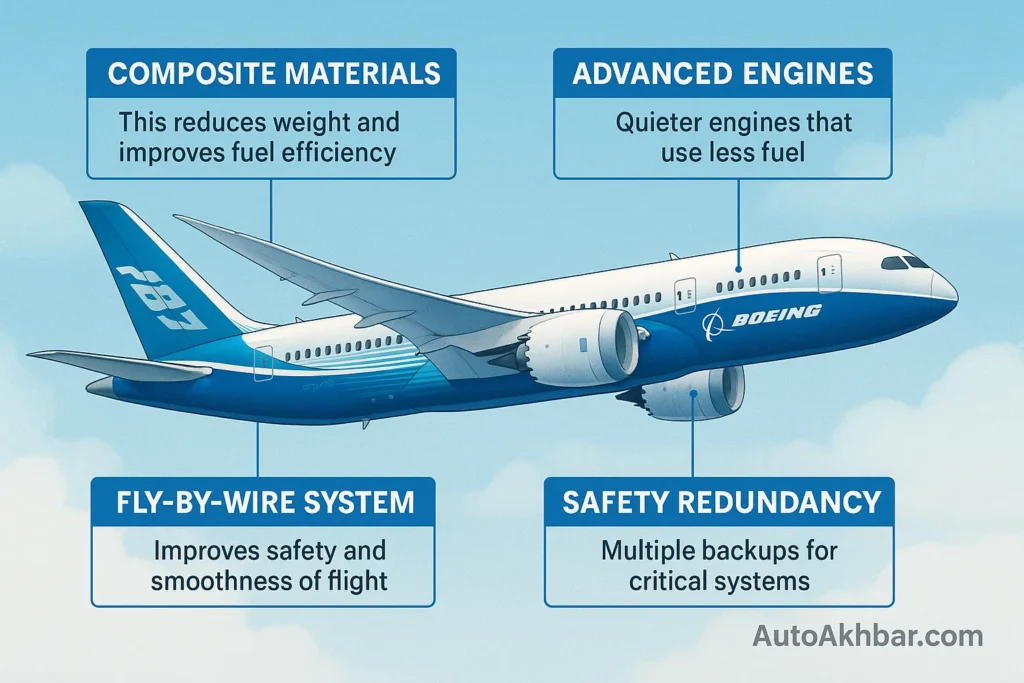Tesla is once again shaking up the EV industry. Reports suggest the company is preparing to unveil its next-generation battery technology — possibly debuting in the much-awaited Tesla Model 2, the company’s most affordable EV yet.
The buzz isn’t just about faster charging or better range anymore. The real competition now revolves around safety, cost efficiency, and long-term reliability — and Tesla’s new batteries could redefine all three.
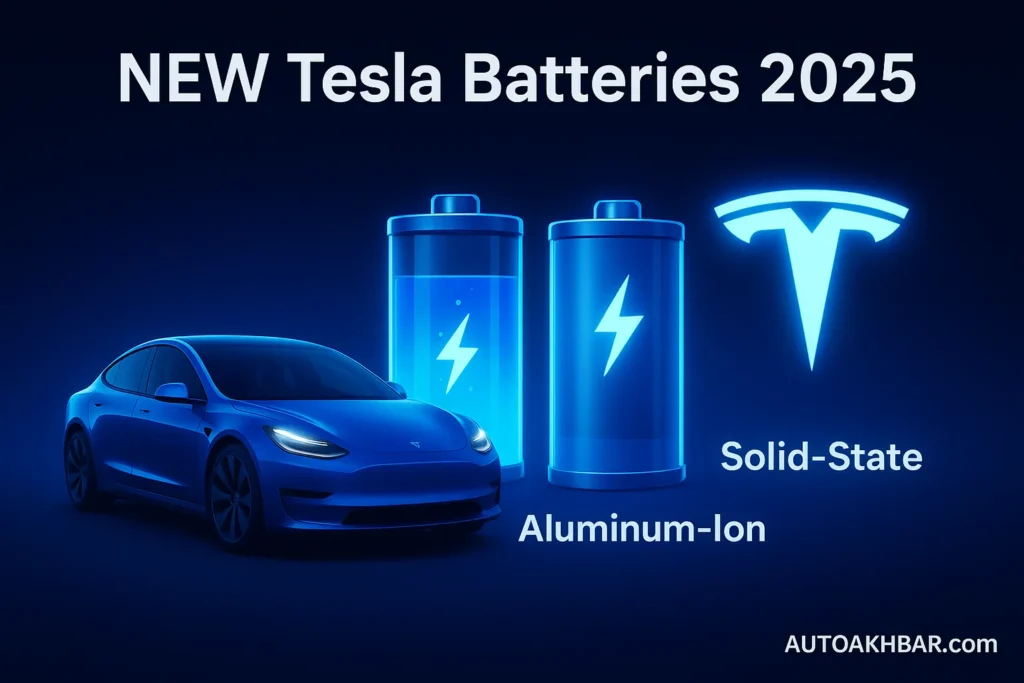
Table of Contents
🔋 Why Tesla Needs a New Battery Revolution
Current electric vehicles mostly rely on lithium-ion batteries, which, despite their success, come with several drawbacks:
- Limited driving range
- Slow charging speeds
- Fire risk (thermal runaway)
- Gradual degradation over time
Tesla’s new in-house R&D reportedly focuses on two emerging technologies — Aluminum-Ion and Solid-State — both of which promise to tackle these long-standing issues.
⚙️ Aluminum-Ion vs Solid-State: The Two Technologies at Play
1. Aluminum-Ion Batteries
- Use aluminum as the active material in anode/cathode, making them lighter and safer.
- Can potentially charge up to 60 times faster than traditional lithium-ion batteries.
- Offer a lower cost of production and longer cycle life.
- However, they are still under lab development, and Tesla hasn’t officially confirmed commercialization.
(Source: Telematics Wire)
2. Solid-State Batteries
- Replace liquid electrolytes with solid materials — eliminating leakage and fire risks.
- Offer higher energy density, meaning more range in less space.
- Could last twice as long as current EV batteries.
- But scaling up production remains a major technical hurdle.
(Source: InsideEVs)
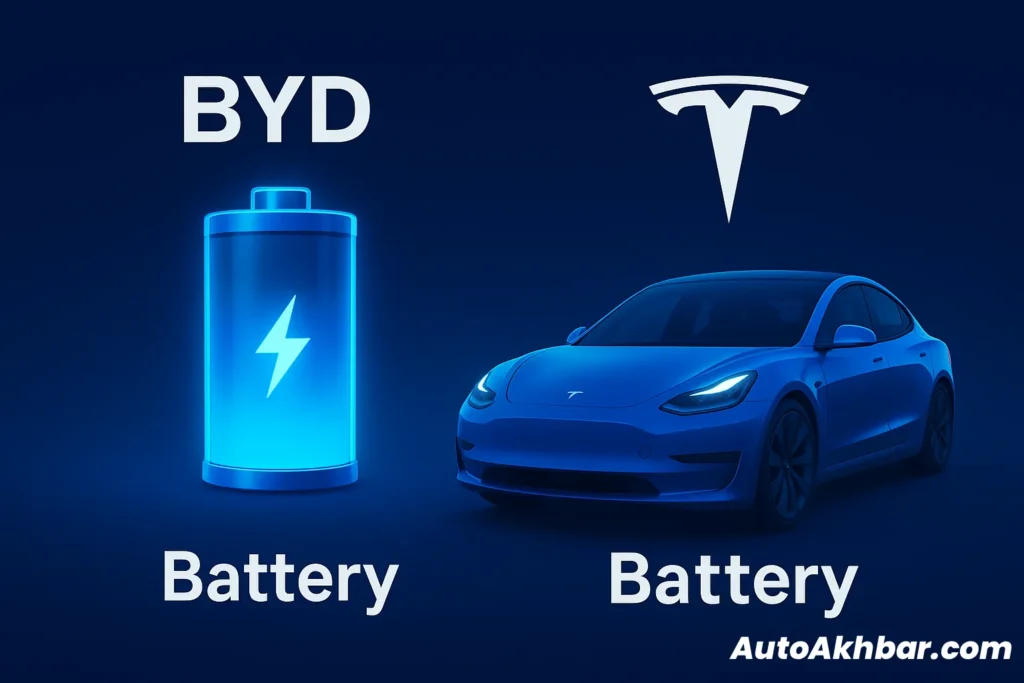
📰 Industry Developments and Reactions
The global battery race is heating up, and Tesla isn’t the only player:
- Toyota & Sumitomo Metal have advanced cathode materials for solid-state batteries, aiming for improved durability and performance.
(Source: Reuters) - Panasonic, a long-time Tesla supplier, has downplayed the hype, calling solid-state “niche” and commercially unviable in the near term.
(Source: Financial Times) - Stellantis unveiled FEST (Factorial Electrolyte System Technology) — a quasi-solid battery that can charge from 15% to 90% in just 18 minutes.
(Source: The Verge) - Nissan announced plans to adopt solid-state batteries in its next-gen EVs by 2029.
(Source: AP News)
🧩 Challenges Tesla Must Overcome
Despite the hype, several practical issues stand in the way:
- Mass production – current prototypes are expensive and difficult to scale.
- Durability testing – real-world validation is needed for heat, vibration, and crash safety.
- Supply chain constraints – sourcing new raw materials at scale remains complex.
- Cost parity – new batteries must be cheaper than existing lithium-ion tech to reach the mass market.
- Consumer confidence – buyers will expect long warranties and proven reliability before adoption.
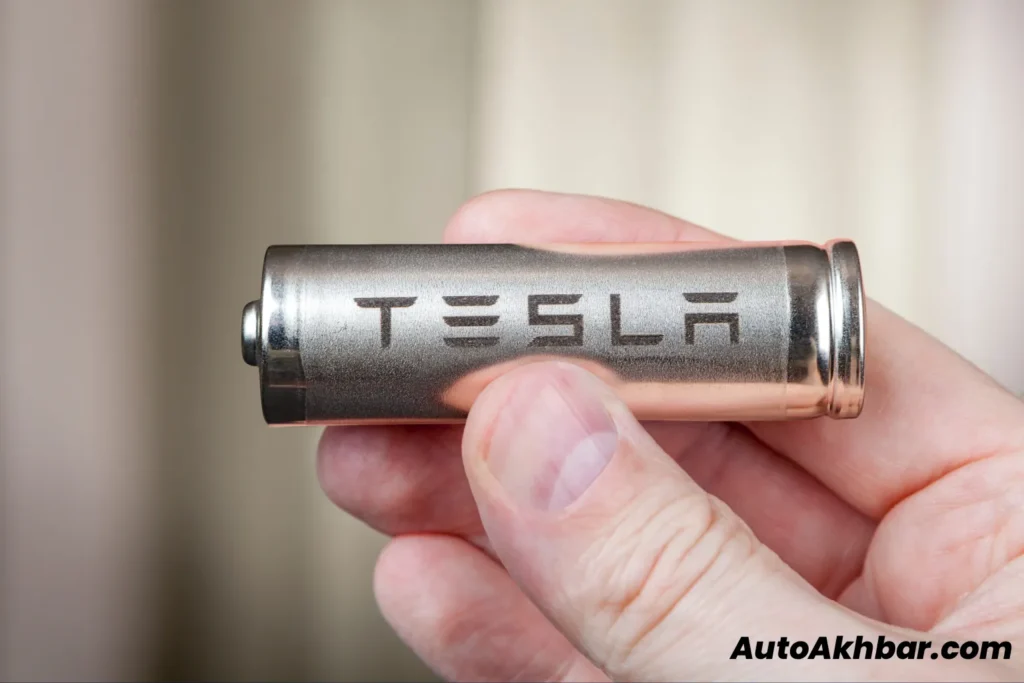
🚀 What Lies Ahead
Industry experts believe Tesla could take a dual approach — adopting aluminum-ion for affordable, high-volume cars like the Model 2, while developing solid-state batteries for premium models like Model S or Roadster 2.0.
While Tesla has not officially confirmed which technology will power its next lineup, one thing is certain: the battery war has begun, and Tesla’s innovation could once again set the benchmark for the entire EV world.
(Source: Telematics Wire)
🏁 Bottom Line
If Tesla succeeds, these “New Tesla Batteries” could mark the biggest leap since the introduction of the 4680 cell — promising faster charging, longer range, and safer driving for millions of EV owners.
Until then, the world watches closely as Tesla engineers quietly work toward the next electric revolution.
FAQ Tesla New Batteries
What are the NEW Tesla Batteries announced for 2025?
Tesla’s upcoming 2025 batteries are based on two breakthrough technologies — Aluminum-Ion and Solid-State. Both aim to replace conventional lithium-ion batteries by offering faster charging, higher safety, and longer lifespan for future Tesla EVs like the Model 2.
How fast can the NEW Tesla Aluminum-Ion battery charge?
The new Aluminum-Ion battery can reportedly charge up to 15 times faster than current lithium-ion packs. Early tests suggest a 0–80% charge in just 3 minutes and a full charge in about 5 minutes, making it nearly as quick as a petrol refill.
What advantages do Solid-State batteries offer over Lithium-Ion?
Solid-State batteries replace liquid electrolytes with solid materials, making them fireproof, smaller, and lighter. They offer up to 500 Wh/kg energy density, enabling a range of over 600 miles (965 km) on a single charge while improving safety and stability.
When will Tesla’s new batteries be available for consumers?
Tesla is expected to debut the Aluminum-Ion battery in the Model 2 by early 2026, followed by Solid-State batteries in performance models between 2027 and 2028, depending on large-scale production readiness.
How will these NEW Tesla Batteries impact EV prices?
By using locally sourced aluminum and simplified manufacturing, Tesla could reduce battery costs from around $7,500 to just $3,000 per car. This drop may allow the Model 2 to launch under $20,000, making electric vehicles more affordable than ever.

